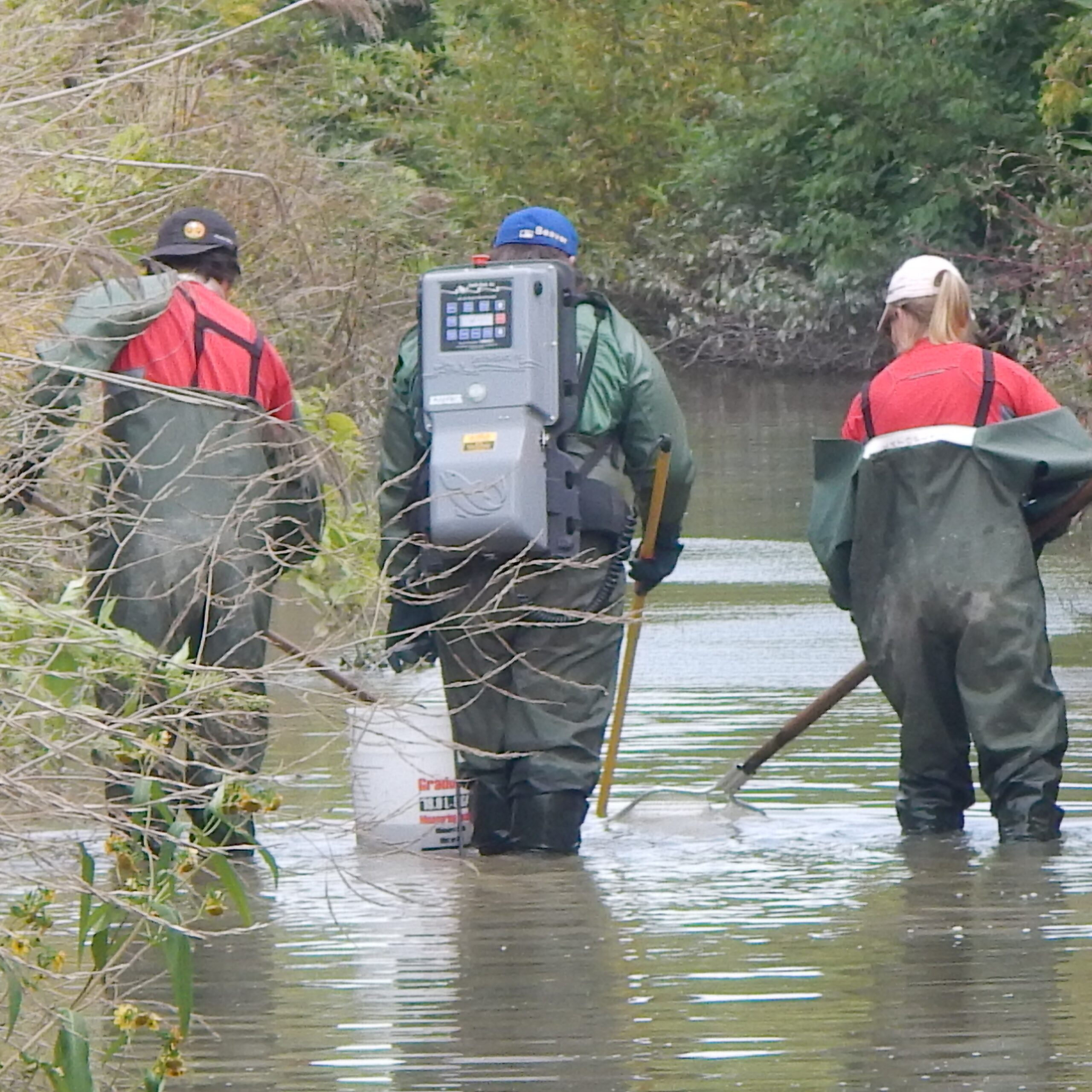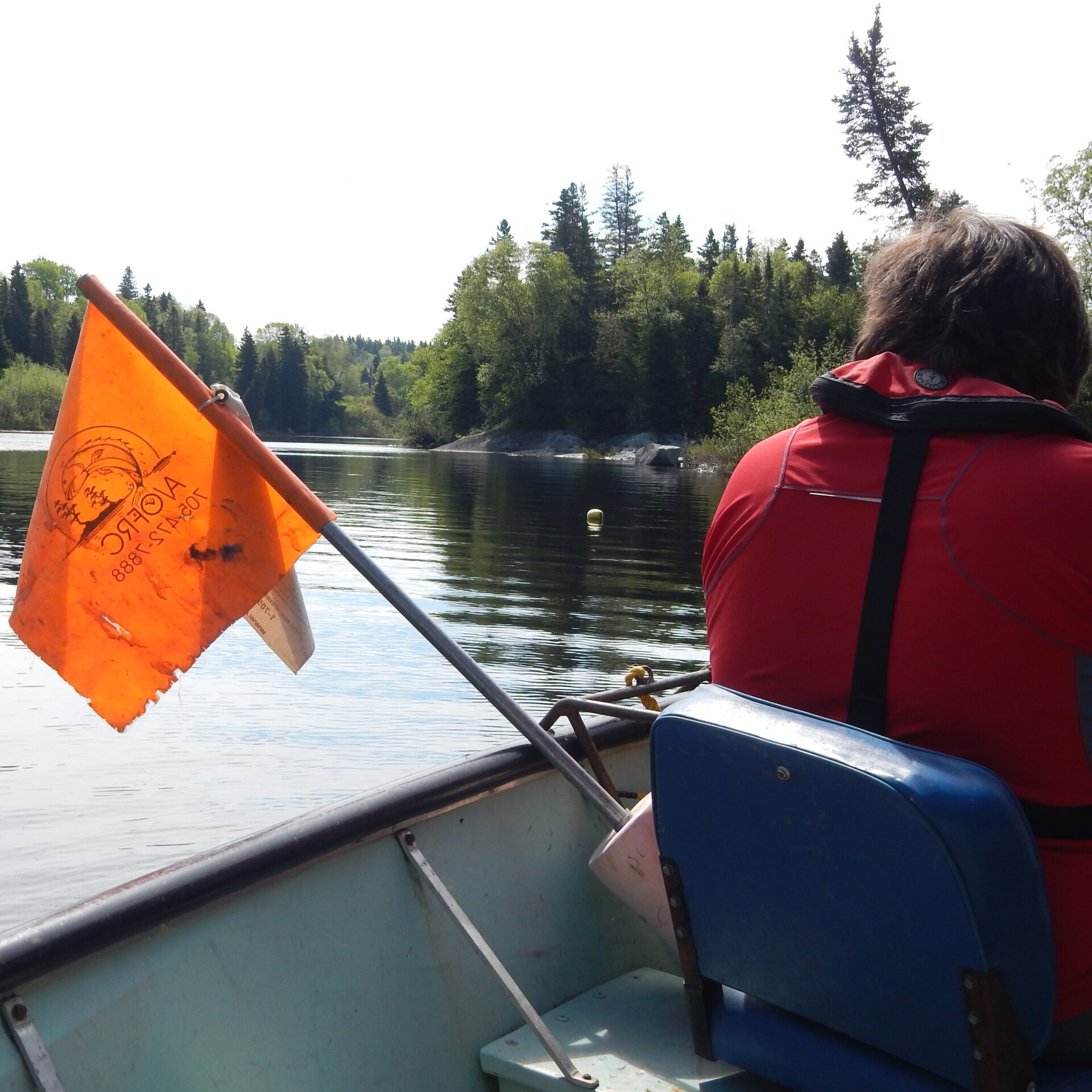Our Projects
We are capable of carrying out a variety of fisheries and natural resources surveys to address concerns of First Nations.
If a community has concerns regarding;
- Fish Population Decline
- Ecosystem Health
- Spawning Success
- Fish Movement
- Angling Pressures
- Shoreline Development
- Human Impacts
- Species at Risk
- Invasive Species
- Water Quality
- Other natural resource concerns
The A/OFRC’s experienced staff can partner with that community to develop a customized research plan to address those concerns.

Our Process
In order to best accommodate all requests, all projects follow a similar timeline from proposal to execution.
1. Call for Projects – This generally occurs sometime in the late spring – summer. First Nation communities are invited to submit a Letter of Intent, which highlights the concerns of the community.
2. Deadline for Letters of Intent – Letters of Intent can be submitted anytime, but the deadline for the next field season’s projects are generally early fall.
3. Project Design – After receiving the Letter of Intent, a project lead from the A/OFRC will contact the representative from the community to develop a Project Proposal. The Project Proposal goes over important specific details for each application. Project Proposals are generally developed with the community between October and December.
4. First Projects Meeting – A/OFRC staff present proposals to an expert panel of directors, the project design is graded, and we receive feedback to refine final details.
5. Relay Feedback to Community – The experts’ input from the first project meeting is relayed to the community, and a final draft of the proposal is created.
6. Second Projects Meeting – Final drafts are presented to the expert panel and receive ultimate approval decision.
* At this point, the A/OFRC cannot accept any new projects for the subsequent field season as there will not be another Project Committee meeting until after the field season is complete. Not all projects receive approval due to various reasons, including but not limited to budgets, feasibility, staff demand, timelines, and mandate alignment. *
7. Relay Decision to Community – After the final meeting with the experts, the A/OFRC Project Lead will notify the community if their project has been approved or not, and if any final changes need to be made. If a project has been declined, the A/OFRC can work with the community to make changes to the original proposal for next year’s consideration.
8. Final Plans are Established – Prior to field season, the final plans are established for the project with the community. Documents like the Cultural Consideration Agreement and News Release are developed with the community and distributed.
9. Project is Executed – During the field season, which can potentially start in as early as March, A/OFRC staff are hard at work carrying out the project submitted to the A/OFRC the previous year.
10. Field Work is Completed – Different projects can have different timelines and completion dates, but generally field season ends sometime in September and October. At this time, Project Summaries are created.
11. Final Reporting – Final reports are developed and submitted to the community.
12. Project is Completed – The project completion stage generally aligns with when the deadline for Letter of Intent submission stage, thus restarting the cycle, and beginning the planning stages for the next field season.


